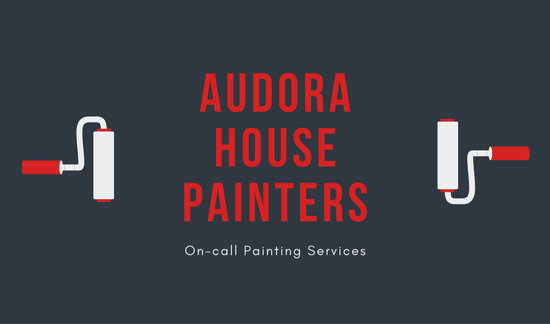Discover Just How Seasonal Impacts Can Affect The Effectiveness Of Commercial External Paint And Learn One Of The Most Desirable Times To Make Certain Long Lasting Outcomes For Your Job
Discover Just How Seasonal Impacts Can Affect The Effectiveness Of Commercial External Paint And Learn One Of The Most Desirable Times To Make Certain Long Lasting Outcomes For Your Job
Blog Article
Content Author-McLamb Decker
When you're preparing a commercial exterior paint project, seasonal factors can make or damage your outcomes. You'll want to think about just how temperature level and humidity influence paint application and drying out times. Picking the best period can guarantee your paint sticks correctly and lasts much longer. But which seasons are really the most effective for this kind of work? Let's explore the key elements that can affect your job's success.
The Impact of Temperature on Paint Application
When you're planning an industrial exterior painting project, the temperature level can dramatically influence just how well the paint sticks and dries.
Ideally, https://www.idealhome.co.uk/news/kelly-hoppen-advice-painting-skirting-boards-264539 wish to paint when temperature levels vary between 50 ° F and 85 ° F. If it's too cool, the paint may not heal effectively, bring about problems like peeling or fracturing.
On the other side, if it's too hot, the paint can dry too rapidly, avoiding appropriate bond and leading to an irregular surface.
https://find-a-painter-near-me44433.shoutmyblog.com/34174411/7-recommendations-for-selecting-the-perfect-paint-solution need to also take into consideration the moment of day; early morning or late afternoon uses cooler temperatures, which can be a lot more desirable.
Constantly inspect the producer's referrals for the specific paint you're using, as they typically supply advice on the perfect temperature array for ideal outcomes.
Humidity and Its Impact on Drying Times
Temperature level isn't the only ecological aspect that influences your commercial external paint project; humidity plays a substantial function as well. High moisture levels can reduce drying out times dramatically, impacting the overall high quality of your paint work.
When the air is saturated with moisture, the paint takes longer to treat, which can result in problems like inadequate attachment and a greater threat of mold growth. If you're painting on an especially humid day, be gotten ready for extensive delay times between coats.
It's important to monitor regional climate condition and strategy appropriately. Ideally, aim for moisture degrees between 40% and 70% for optimum drying.
Keeping these factors in mind ensures your project remains on track and supplies a lasting coating.
Best Seasons for Commercial Outside Paint Projects
What's the very best time of year for your business external paint tasks?
Springtime and very early fall are normally your best bets. Throughout these seasons, temperature levels are light, and humidity levels are usually lower, creating suitable problems for paint application and drying.
Avoid summertime's intense heat, which can create paint to dry too swiftly, causing bad adhesion and finish. Similarly, winter season's cool temperatures can impede proper drying and healing, running the risk of the long life of your paint job.
Go for days with temperature levels between 50 ° F and 85 ° F for optimum results. Keep in mind to examine the neighborhood weather report for rainfall, as wet problems can ruin your job.
Planning around these aspects guarantees your paint task runs smoothly and lasts much longer.
Verdict
Finally, planning your business outside paint jobs around seasonal factors to consider can make a considerable difference in the end result. By scheduling job during the suitable temperature levels and humidity levels, you'll make certain far better attachment and drying times. Remember to keep an eye on local weather forecasts and pick the correct time of year-- springtime and very early fall are your best bets. Taking these steps will help you achieve a resilient and specialist surface that lasts.
